Straws
The plastic straw is used by millions of children across the UK to consume their individual servings of milk. Most cartons are supplied with straws attached to the cartons; some cartons are supplied without straws and then the straws are provided separately.
So, what’s the problem and what are the alternatives?
Traditional Plastic Straws
Let’s be honest – plastic straws are cheap, hygienic and easy to use – they do a great job. But the problem is what happens to the straws after they’ve been used – their strength becomes a weakness, as they take centuries to degrade.
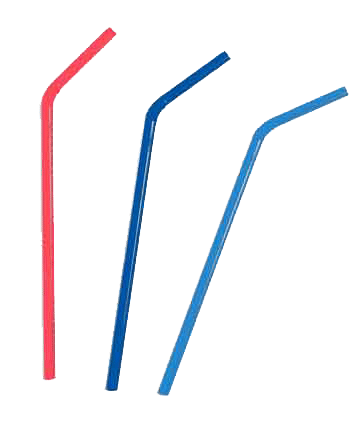

Biodegradable plastic straws
Technically, all materials are biodegradable, but only those that degrade within a relatively short period of time (weeks to months, usually) are considered biodegradable. Biodegradable plastic straws are available but the jury’s out – they’re not as easy to recycle as other plastics, and they only break down in certain conditions so if they get in the rivers and oceans, they ‘re just as harmful as “normal” plastic.
Compostable plastic straws
Just when you thought it couldn’t get any more confusing, some plastics are compostable – that means they biodegrade and disintegrate without leaving toxic residue, but they need the correct composting conditions. Again, if they make it into the sea then they’re potentially just as damaging as other plastics.
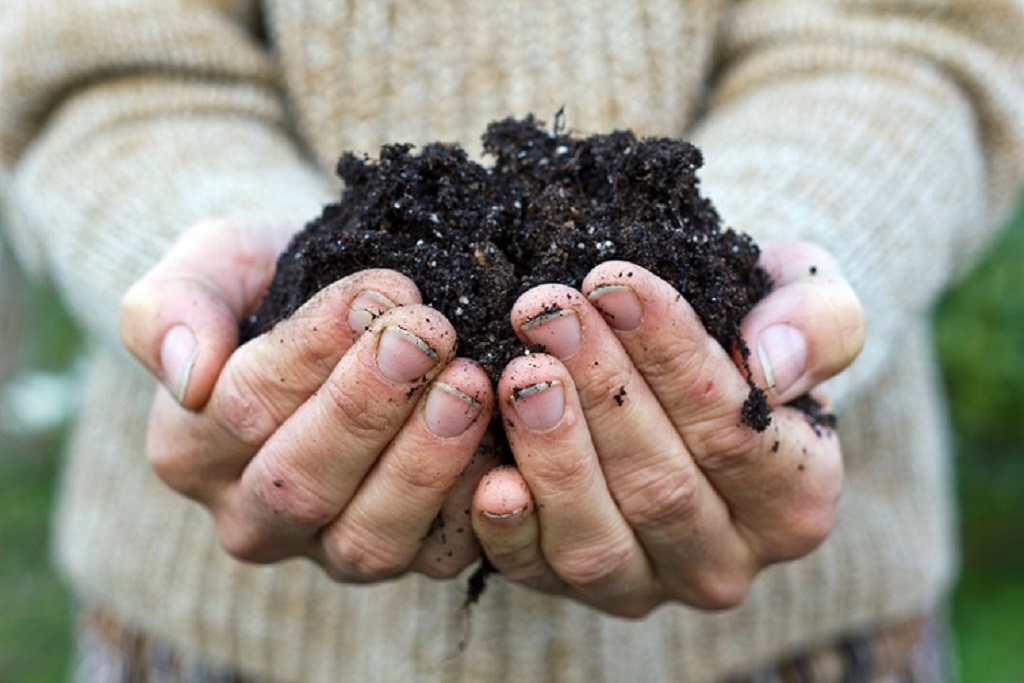

Paper straws
Paper straws have been around for decades. So why aren’t they more widely used? Firstly, they cost much more than plastic straws. Secondly, they aren’t so durable, either in transit or in use – paper has a habit of disintegrating when wet! And our young milk drinkers have great difficulty piercing their milk carton with paper straws. More robust paper straws (in fact they’re more like cardboard than paper!) are currently only available in very small volumes. If you’d like to test some in your school but can’t find a supplier, give us a call – we have a few samples available.Bioplastic straws
Well it looks the same and feels the same – but there’s a difference. Bioplastics are plastics derived from renewable sources such as vegetable fats and corn starch. But beware – not all bioplastics are biodegradable or compostable, nor are they easily recyclable.
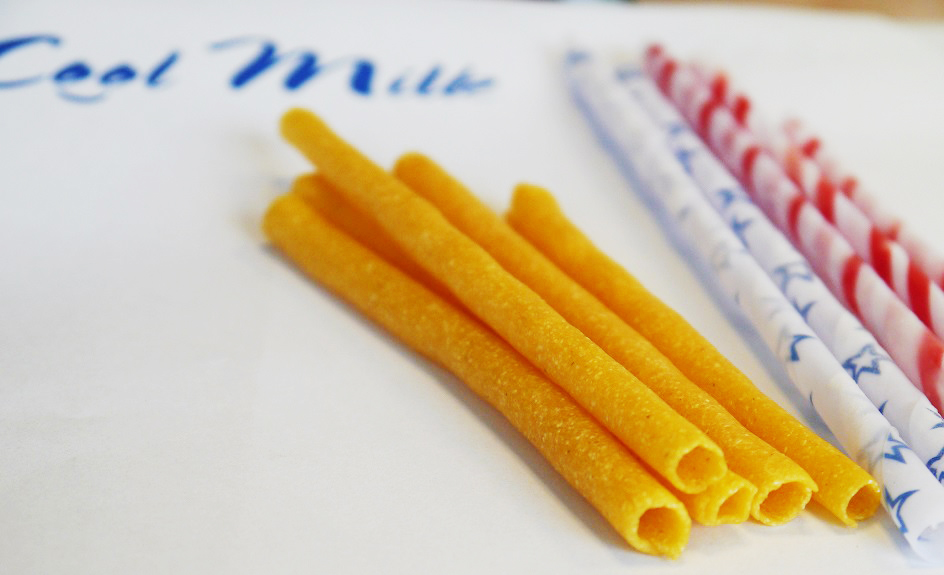
Pasta straws
Now there’s an idea. Think penne pasta – only longer! They’re not widely available and not a great option for people with gluten intolerance. Or you could try bucatini – it’s a bit like spaghetti but with a hole down the middle; the only problem is that the tube is very narrow so it might take a while to guzzle your full portion.
Straw straws
Whoever would’ve thought of a straw made from … straw? It sounds obvious – why not just use the stem of a piece of wheat, what could be more natural? But there are a few stdrawbacks; they are expensive to produce in a sanitary manner, gluten-intolerants may not like them too much, and our tests have shown that they’re very easy to split – an over-enthusiastic squeeze results in liquid coming out of the sides of the straw, not just the end!
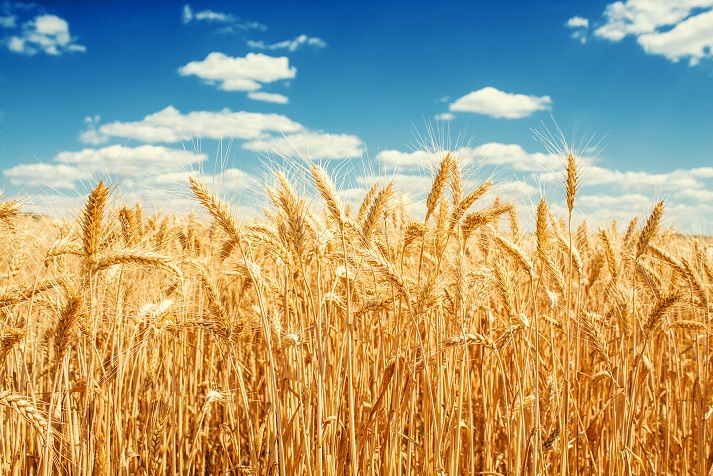
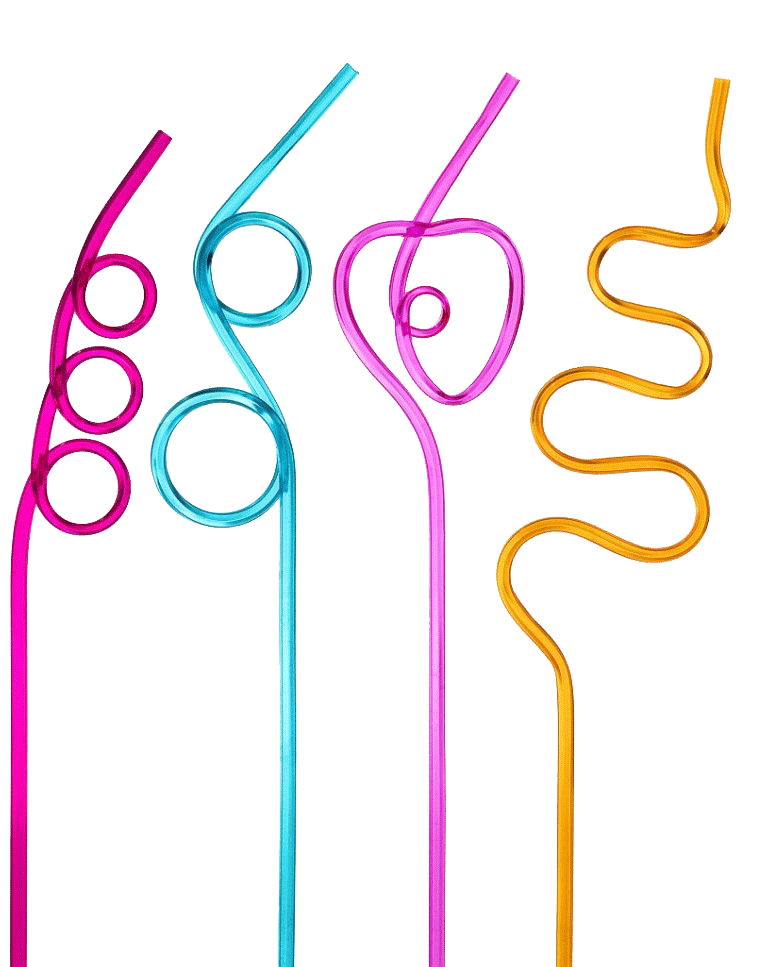
Reusable straws
Reduce, reuse, recycle – maybe the middle one of the three is not quite right in a school environment?
Reusable straws certainly exist – bamboo, silicon, stainless steel, even glass – but they need to be carefully washed and they could turn into lethal weapons in the wrong hands! Probably best suited to an after-school cocktail for the head teacher…
